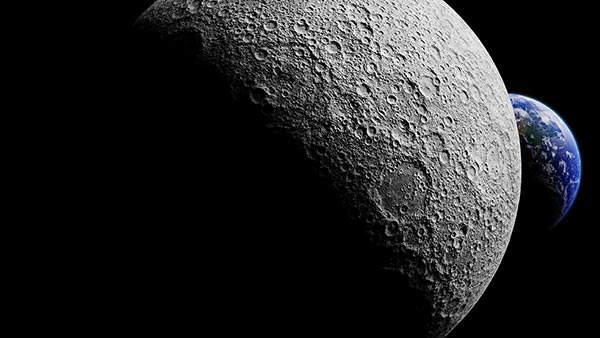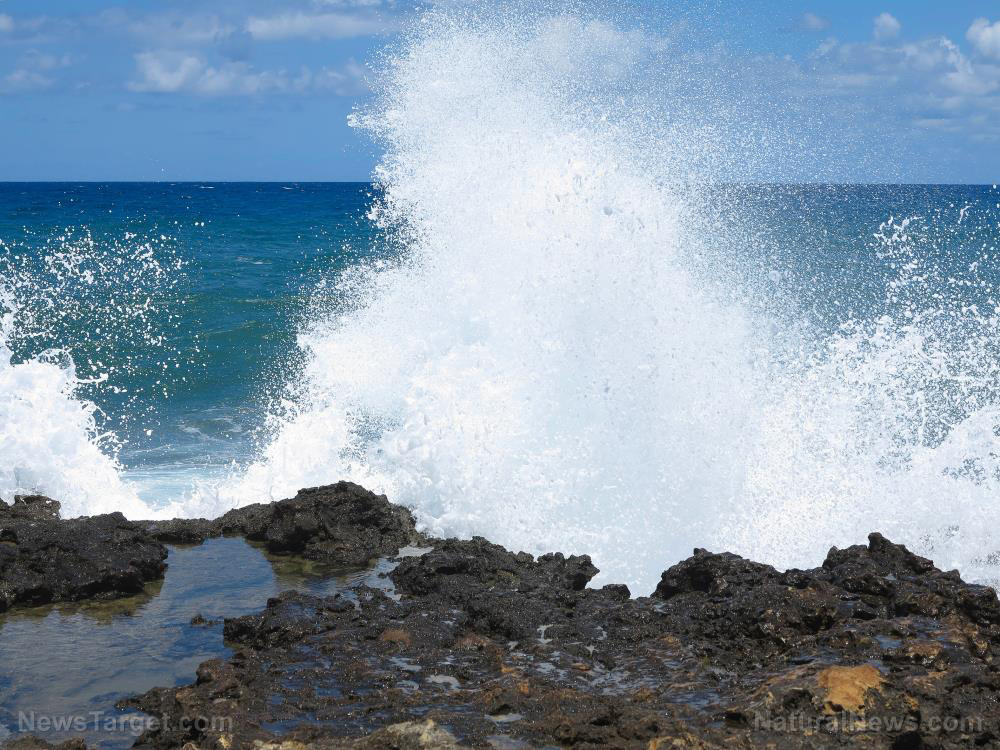China launches spacecraft that will explore the hidden side of the moon
05/16/2024 / By Zoey Sky

China recently launched Chang’e-6, a robotic spacecraft, on a round trip to the far side of the moon.
The May 3 launch is the first of three “technically demanding missions” that will lay the foundations for an inaugural Chinese-crewed landing and a base on the lunar south pole.
Since the first Chang’e mission in 2007, named after a lunar deity in Chinese mythology, China has made significant advances in its lunar exploration. The country has quickly narrowed its technological gap with the United States and Russia.
Back in 2020, China brought back samples from the moon’s near side in the first sample retrieval in over four decades. The successful mission confirmed for the first time that it could safely return an uncrewed spacecraft to Earth from the lunar surface.
China launched Chang’e-6 using the backup spacecraft from the 2020 mission to gather soil and rock samples from the “hidden” side of the moon that permanently faces away from Earth.
But with no direct line of sight with the Earth, Chang’e-6 will depend on a recently deployed relay satellite orbiting the moon during its 53-day mission. The mission will also try a never-before-attempted ascent from the moon’s “hidden” side on its return journey home.
The same relay satellite will support the uncrewed Chang’e-7 and 8 upcoming missions in 2026 and 2028, respectively, which is when China plans to probe the south pole for water and build a rudimentary outpost with Russia. China has announced that it plans to put its astronauts on the moon by 2030. (Related: NASA sounds alarm over China’s plans to control parts of the moon.)
Chang’e 6 will attempt to land on the northeastern side of the South Pole-Aitkin Basin, a vast and the oldest known impact crater in the solar system.
Researchers have described the moon’s south pole as the “golden belt” for lunar exploration. Polar ice could sustain long-term research bases without requiring expensive resources transported from Earth.
In 2008, India’s Chandrayaan-1 confirmed the existence of ice inside polar craters.
Chang’e-6’s sample return could also unearth more information about the early evolution of the moon and the inner solar system.
The lack of volcanic activity on the moon’s far side suggests that there are more craters not covered by ancient lava flows, preserving materials from the moon’s early formation. To date, all lunar samples taken by the U.S. and the former Soviet Union in the 1970s were from the moon’s near side.
Chang’e-6 will gather at least two kilograms (4.4 pounds) of samples with a mechanical scoop and a drill.
NASA worried about China’s ambitious missions
The National Aeronautics and Space Administration (NASA) is worried about Beijing’s ambitious plans. NASA administrator Bill Nelson has even warned several times that China would claim any water resources as its own. Despite his warnings, Beijing claims that it remains committed to working with all countries on building a “shared” future.
China’s Chang’e-6 will transport payloads from France, Italy, Pakistan and Sweden. Meanwhile, Chang’e-7 will carry payloads from Russia, Switzerland and Thailand. U.S. law bans NASA from any collaboration, direct or indirect, with China.
Under the separate NASA-led Artemis program, U.S. astronauts will land near the lunar south pole in 2026. The astronauts will be the first humans on the moon since 1972.
Clive Neal, a professor of planetary geology at the University of Notre Dame, explained that international cooperation is crucial to lunar exploration. He added that while “China and the U.S. aren’t cooperating right now,” he hopes that it will become a possibility in the future.
Leonard David, the author of “Moon Rush: The New Space Race,” said that China’s mission to the hidden side of the moon “would be a milestone-making event.”
“The robotic reach to the Moon’s far side, and bringing specimens back to Earth, helps fill in the blanks about the still-murky origin of our Moon,” added David.
However, not everyone is excited about China’s moon missions. Military analysts have warned that, if war breaks out among the major spacefaring nations, the first shots could be fired in space.
China has also developed technology capable of targeting U.S. satellites. The former also has the tech for better monitoring Earth and developing coordination between land, sea, air and space operations.
Reports suggest that the Pentagon is focusing on the development of technology that can counter China’s alleged plans to take out U.S. satellites.
Tory Bruno, the chief executive of United Launch Alliance (ULA), said engineers are working on maneuverable satellites that could move out of the way of Chinese satellites that are fitted with robotic arms to take them out of orbit.
Experts have also advised that the stakes in the race for the dominance of space “could not be higher.” After all, the winner will have control over the moon and might also emerge as “the top power on Earth.”
Visit Space.news for more news about the race to explore the moon and the rest of outer space.
Watch this clip about China’s taikonauts.
This video is from the DITRH channel on Brighteon.com.
More related stories:
China planning to ANNEX SPACE, control the moon.
Strange source of water on the moon connected to Earth’s magnetic shield.
India’s Chandrayaan-3 first to land near the moon’s south pole.
Sources include:
Submit a correction >>
Tagged Under:
big government, Chang'e-6, China, conspiracy, cosmic, deception, future science, future tech, Lunar Base, moon landing, NASA, National Aeronautics and Space Administration, national security, Space, space exploration, Space Race, space wars
This article may contain statements that reflect the opinion of the author




















